
Almost half of white students (49.5%) have taken at least one Advance Placement (AP) Course in their high school career whereas only 8.8% of Black students have taken an AP.
But what is the cause of this disparity? Could It be because of cultural standards? Could it be because of social pressures? Or it could be because of a simple lack of motivation? Whatever the reason, this is an issue that even Solon High School faces.
Kurt Gielink, AP Economics teacher recalls that in about his 19 years of teaching the class, his students are not very diverse.
“My classes are made up of mostly Asian Americans and Caucasians,” Gielink said. “I could probably count on one or two hands the amount of African American students I’ve had.”
Senior Praise Fujamade, who just moved to Solon last year, said this lack of diversity affects her all the time.
“There’s one other Black kid in my AP Seminar class, one other in my AP Biology, and for AP Calculus, I’m the only Black person,” Fujamade said.
When comparing Solon to her previous district, Kent City School District, classes are more diverse and “not just white.” While Solon is more diverse, not having other students in the class who look like you can lead to feelings of loneliness.
“People tend to form friendships and friend groups that are based around similarity,” Fujamade said. “So when you are someone that’s different, and you’re not integrated with a group because of your race, it makes it harder to find your place in a class and overall be successful.”
Representation does truly matter. Being the minority in any situation is never a comfortable feeling. And being the only Black student in an AP class, it is easy to feel as though you don’t belong.
There are already so many negative stereotypes surrounding Black students and their lackluster academic abilities that the last thing anybody wants to do is prove those stereotypes to be true. So many Black students just choose not to take any APs.
African American Senior, Salmaan Qalinle, has opted out of taking any AP classes.
“I think it has a lot to do with what people see around them,” Qalinle said. “If they don’t surround themselves with people who are going to push them to do better things then I don’t think they would do anything better with themselves. So I think it’s like a social clique.”
Gielink also sees this with his own students.
“I think some of it has to do with not being ‘cool,’– you’re not cool if you take these AP classes,” Gielink said.
This idea of being “cool” that Gielink sees dates all the way back to the 1980s with John Ogbu former professor of anthropology at the University of California Berkeley. Ogbu first studied this idea and introduced the “Acting White” theory.
After Ogbu completed his study of a high school in Washington D. C,. he found out that many African Americans had an “oppositional culture” to taking higher level classes and associated academic achievements with being white.
These social stigmas have proven very harmful to the black community in school. Black students only represent 4.3% of AP exam takers who score a 3 or higher (pass) on the AP exam.
When students take an AP class and pass the exam, they can forgo the course in college. Earning college credits while in high school could allow students to graduate from college early and save money.
History teacher Aaron Jeter started the AP Psychology course at SHS in 2009. He hoped that he would be able to help close the gap between the enrollment of Black students taking APs compared to other groups.
“It was the first time I really saw the disparities of students who took AP courses and the students who did not,” Jeter said. “I did not see as many African American students as I would have liked.”
Jeter has been in a lot of his student’s shoes going to high school in Beachwood.
“When I was enrolled at Cleveland Heights and Beachwood, there were pressures within [the black] community to behave a certain way, and when you don’t it’s seen as acting white or talking white,” Jeter said.
Being biracial, this struggle between acting white or Black did have an impact on Jeter.
“You feel a certain peer pressure at younger ages to succumb to the majority opinion and at times, it could feel somewhat lonely,” Jeter said.
Guidance Counselor Brad Sims also sees many of the challenges that African-American students face.
“I think there’s a little more hesitation to take AP classes,” Sims said. “It can be different when people don’t see people like them.”
As a counselor, Sims encourages all his students to take AP or higher-level classes if he believes that they are academically able and can succeed. Sometimes Sims feels that there is a little more reluctance from Black students.
Sims explained that, when it comes time for scheduling in January, counselors and teachers alike do their best to let students know that if they can take an AP class then they should. Having personal conversations with students and even at times their parents has helped to increase AP enrollment among black students, but there is still a way to go.
“When you don’t see people who look like you in AP classes, you are less inclined to take them overall because you are the minority in every single class,” Fujamade said. “Not only is that unappealing, but it is unfair.”

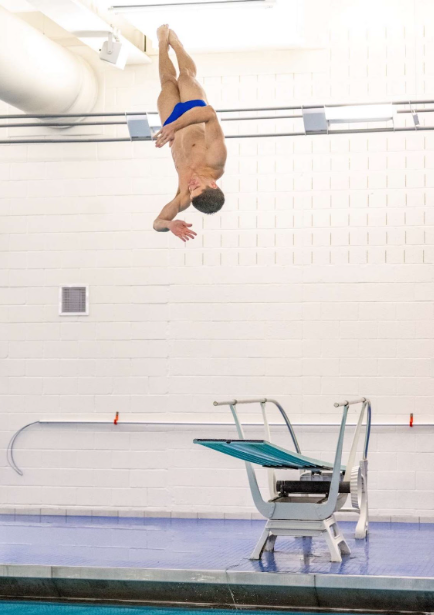

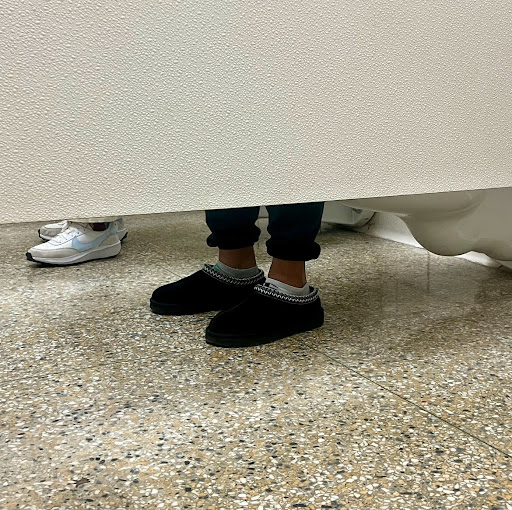
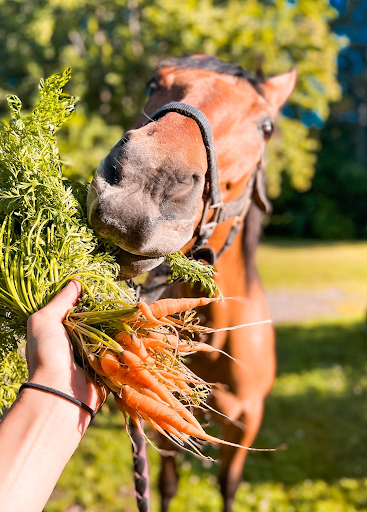


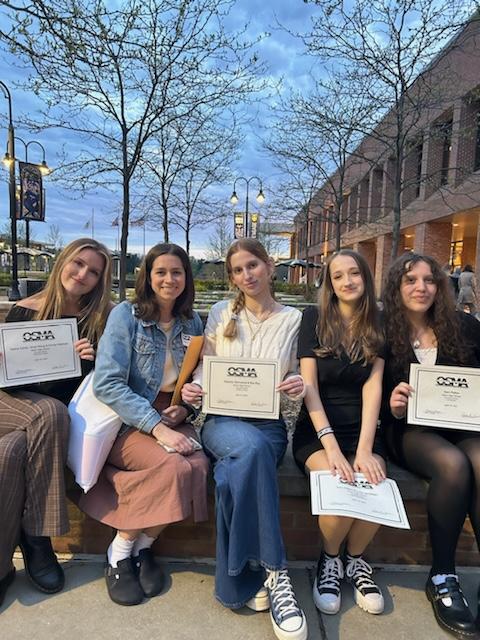



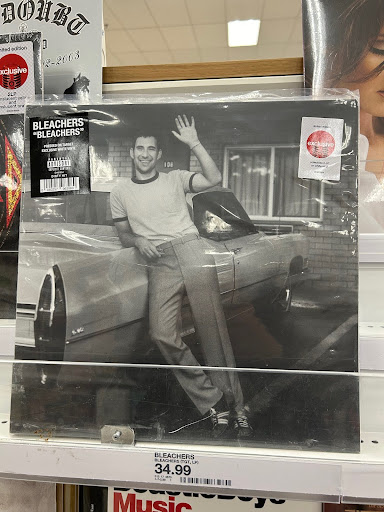


Jenaye • Feb 1, 2024 at 8:58 pm
Insightful, and truly thought-provoking. Great article!